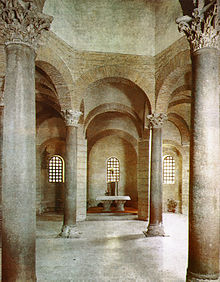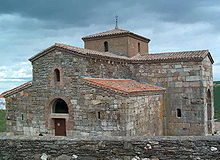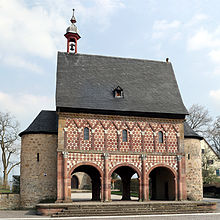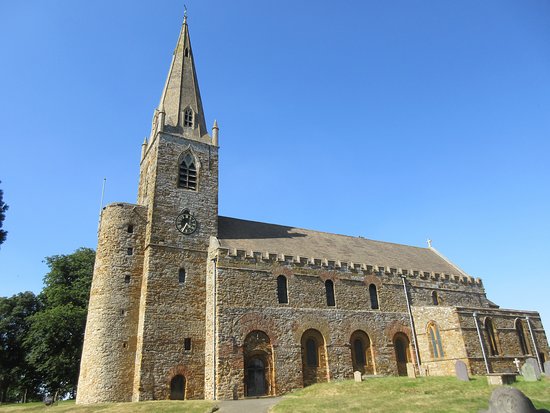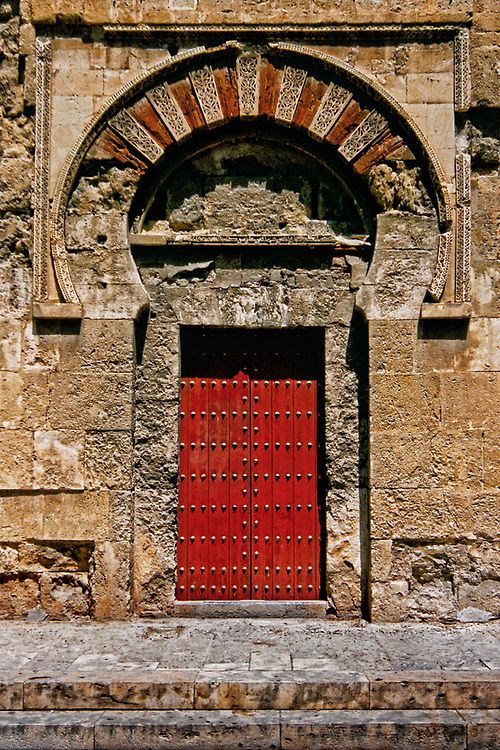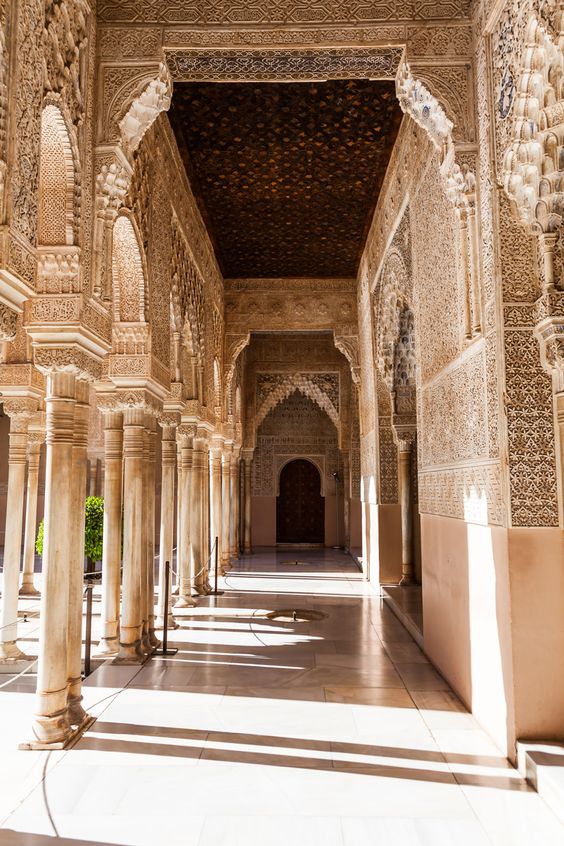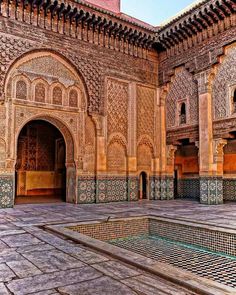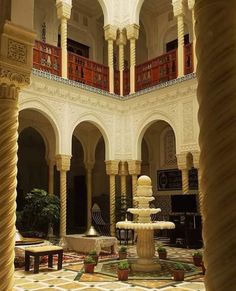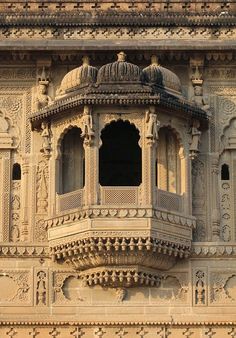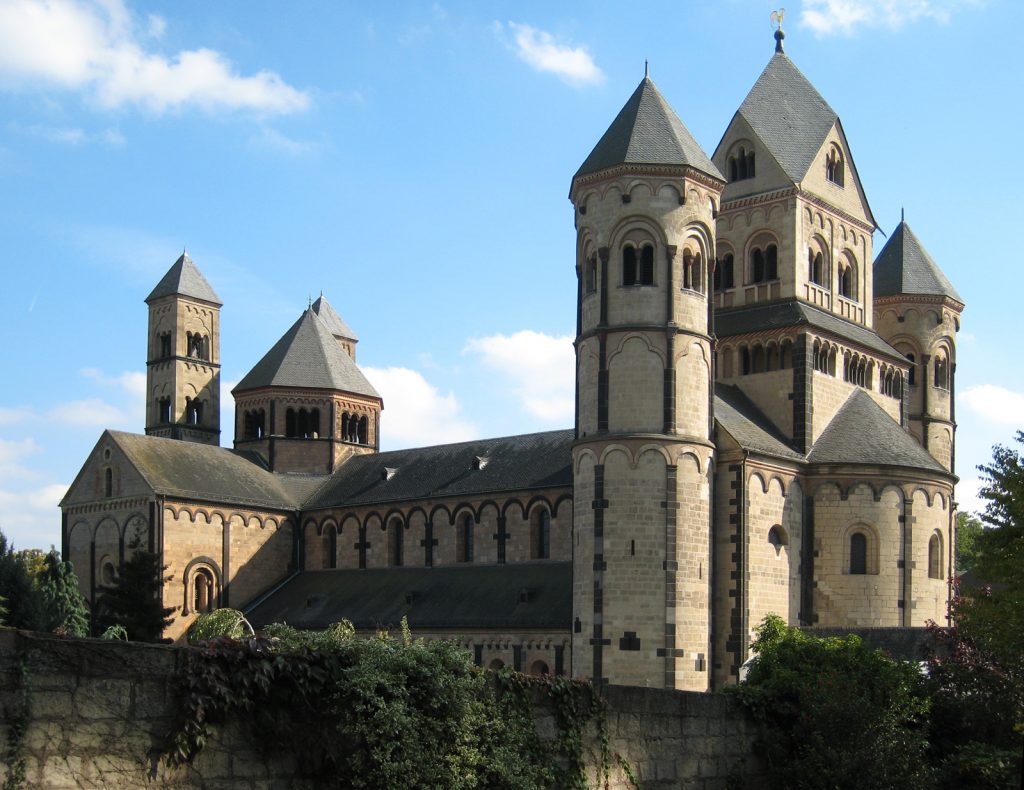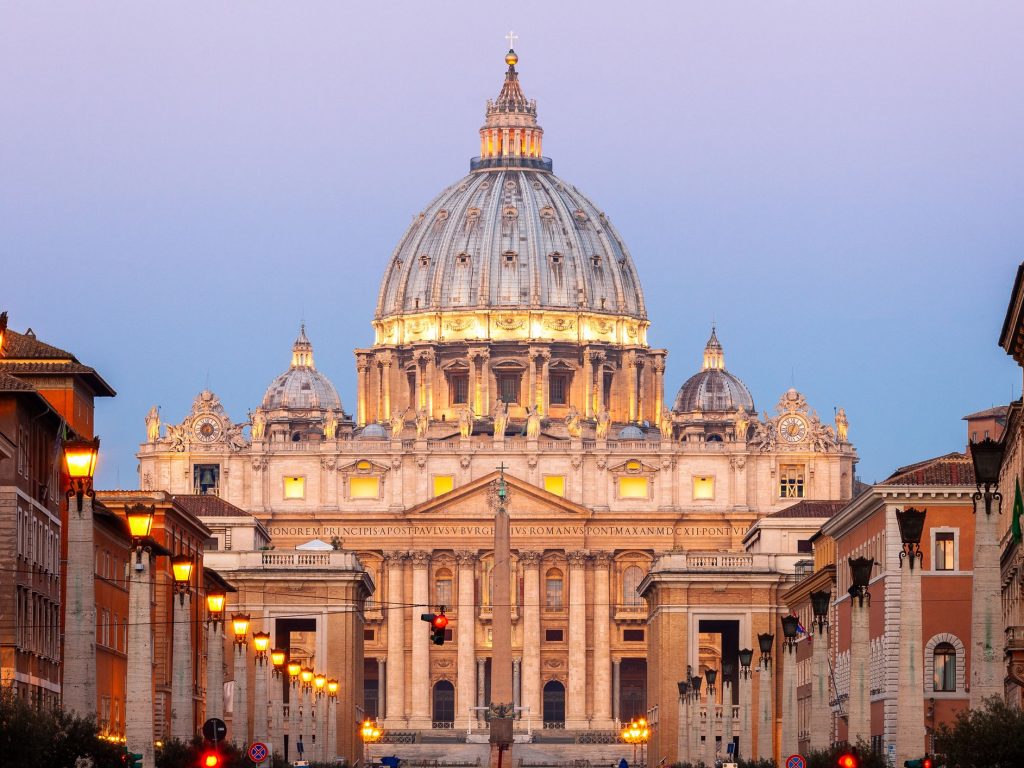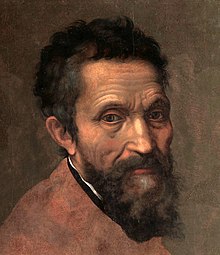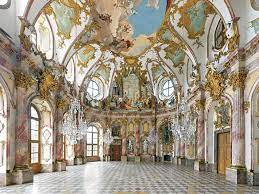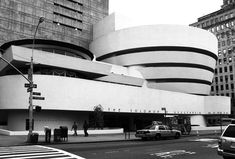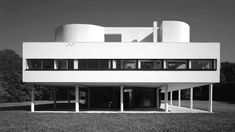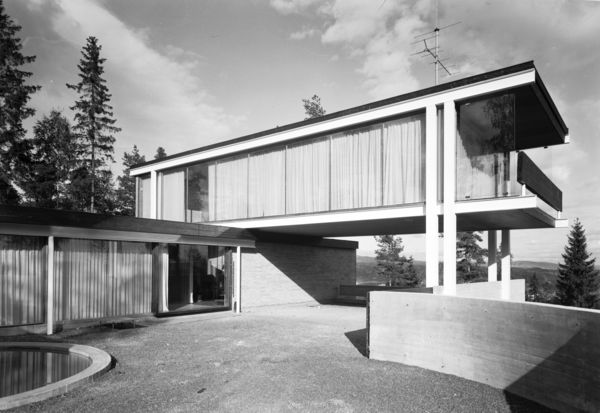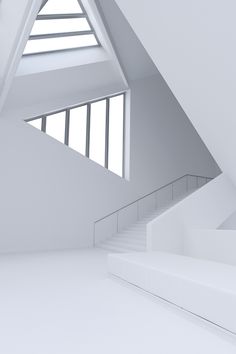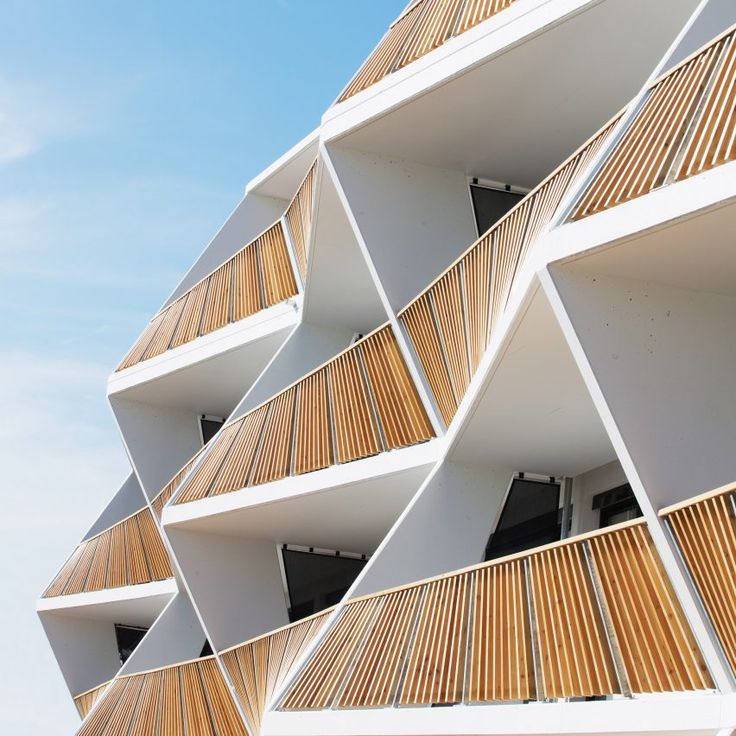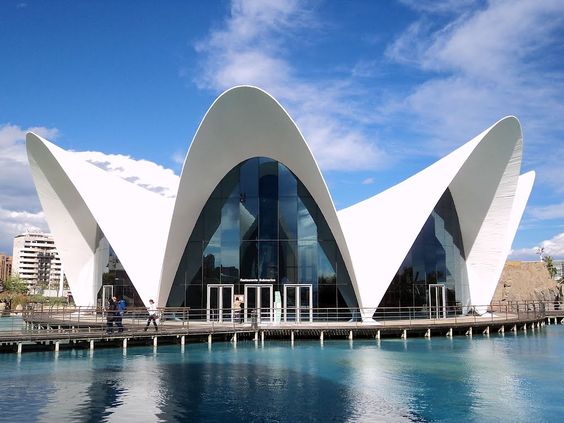The legacy of the ancient Romans exerted a significant influence on succeeding cultures and is still felt around the world in the present day. Roman inventions or innovations were so effective that they either continued in use or were later rediscovered to serve as models in virtually every aspect of human society. These aspects include:
- Government
- Architecture
- Law
- Technology and engineering
- Cultural transmission and adaptation
- Commerce and customer service
- Military & religious organization
- Language & leisure activities
THE BYZANTINE: (6th century)
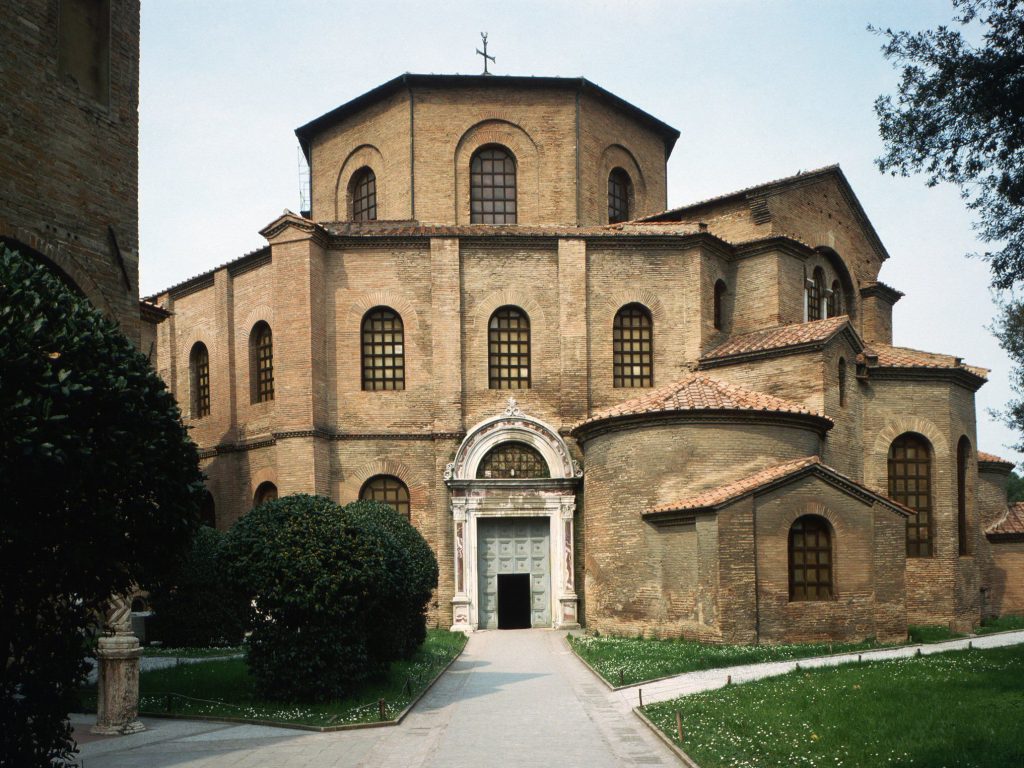
The byzantine architecture is very complex. It emphasises the interiors while keeping the exteriors very discreet. During this period where built hospices, hospitals, orphanages, churches, and also roads to connect between them. The materials used where the same as with the romans.
Byzantine architecture is of heaven, full of symbolism.
Earth covered by the dome of heaven.
Perhaps the most important composition of the times is the HAGIA SOPHIA.
The military architecture of the time was characterized by a defensive lifestyle with walls and use of projectiles, the town was usually built in elevation to help protect better.
PRE-ROMANESQUE: (8th century)
During this period the castles were developped in addition to churches and monastries.
- THE LOMBARDS: (6-8th century) located in the north of Italy. Roman architectural compositions and buildings reused with greater symbolic use. The activity developed in the north of Italy has been almost completely lost due to the continuous reconstructions and modifications of the buildings.
- THE VISIGODS:(7-8th century) located between France and Spain, they developped the Roman Basilica with an influence of Aegean and Syrian areas.
- CAROLINGIAN EMPIRE: (9th century) characterized by the desire to reaffirm classicla art in order to emulate the roman empire. This period was focused on religion which led to the building of many monastries ( domes … ). They introduced the Westwerk that is a very high building attached infront of the entrance of the most important churches.
- THE SAXONS: (9-10 the century) The otonians collected the carolingian stylistic and cultural aspects by using apses, westwerks, galleries and tribunes. Their architecture is also characterized by the use of an alternation of pillars and columns.
ISLAMIC ARCHITECTURE: (8-15 th century)
Islamic architecture comprises the architectural styles of buildings associated with Islam. It encompasses both secular and religious styles from the early history of Islam to the present day. … New architectural elements like minarets, muqarnas, and multifoil arches were invented. The compostions where characterized by the following:
- use of towers
- use of fountains
- use of arches
- gardens, water routes, aromatic plants…
- use of ceramic and plaster
- introduction of mosques, baths, and ornamentation
ROMANESQUE: (10-12 century)
also known as the art of the normans. It’s main charateristics are:
- palaces that became castles (fortified because of the war)
- paintings, geometry,…. = symbolism
- loss of realism in comparision with the romans.
- buikding made of stone
- very thick walls
GOTHIC: (12-15th century)
While the Gothic style can vary according to location, age, and type of building, it is often characterized by 5 key architectural elements: large stained glass windows, pointed arches, ribbed vaults, flying buttresses, and ornate decoration. The gothic architecture is characterized by:
- important height and spaces with light
- reinforcement of roman vaults with ribs
- balance between horizontal and vertical forces
The principal buildings are:
- cathedrals: great height to reduce human scale, and great effect of verticality
- civil buildings: town halls, palaces, fortresses, bastions, bridges, bell towers, shipyards…
RENAISSANCE: (15-16 century)
In the 15th century in Italy and mainly in Florence, an important urban culture emerged, so merchants and bankers became protectors of art (patronage) and ordered buildings for themselves (palaces) or for the city (gates, walls, squares, ideal cities…). They will be followed by religious powers.
Optimism and confidence in human potential arise. The Renaissance man trusts in his intellectual capacities, thinks that history is no longer a whole ordered by the hand of God and exalts the human
being and his capacity to dominate Nature.
Humanism was a philosophy that emphasized the importance of human values and achievements, distinguishing them from religious dogma.
The renaissance was focused on ideal figures, symmetry and proportions, which was notable in all the architectural compositions of the time.
- Filippo Brunelleschi (1377-1446) rediscovered the laws of architecture (domes, use of system of proportions…)
- Leon Batista Alberti (1404-1472)great architect in theoy and practice, his works are:
- Rucellal palace
- Santa Maria Novella
- Malatestian Temple
- Andrea Palladio (1508-1580) most famous for the book el Quarto Libri dell’Architecttura, most important works are:
- Basilica San Giorgio
- The Redentore
- Basilica of Vicentra
- Michelangelo (1475-1564) characterises the passage from renaissance to mannerism. His most famous works are:
- Laurenziana Library
- Capitoline Hill
BAROQUE (17-18th century)
Baroque architecture is a style that emerged in Italy in the late-16th century. It was a more theatrical version of Renaissance architecture, with dramatic lighting and colour, illusory effects such as trompe l’oeil, and designs that played games with architectural features, sometimes leaving them incomplete.
Its principal protagonists are:
- Gian Lorenzo Bernini (1598-1680)
- protected the seven popes.
- seccess to express emotions through sculpture.
- he pursues emotional impact
- designed the surroundigs os Roman Basilica of St.Peter
- Francesco Borromini (1599-1667)
- probably the most original one
- his style was based on simple figures (triangles – ellipses…)
ROCOCO (18th century)
Rococo, also referred to as Late Baroque, is an exuberant and theatrical design style. Rococo architectural design often refers to buildings constructed in eighteenth-century France, but the aesthetic also influenced music, art, furniture, and even cutlery.
NEOCLASSICISM: (18th -19th century)
A very contradictory period, also known as the age of enlightenment. During this period was introduced the museums.
The movement concerned itself with the logic of entire Classical volumes, unlike Classical revivalism which tended to reuse Classical parts. Neoclassical architecture is characterized by grandeur of scale, simplicity of geometric forms, Greek—especially Doric —or Roman detail, dramatic use of columns, and a preference for blank walls. The new taste for antique simplicity represented a general reaction to the excesses of the Rococo style. Neoclassicism thrived in the United States and Europe, with examples occurring in almost every major city.
19th CENTURY:
The beginning of industrialisation lead to cities being demolished to increase spaces. Many compositions are built such as stations, hangars, markets, pavillions… During this period was the introduction of new materials such as cast, iron, and glass that allowed new shapes and therefore an evolution in the architecture as a whole.
20th CENTURY:
- ART-NOUVEAU: Art Nouveau, ornamental style of art that flourished between about 1890 and 1910 throughout Europe and the United States. Art Nouveau is characterized by its use of a long, sinuous, organic line and was employed most often in architecture, interior design, jewelry and glass design, posters, and illustration.
- MODERNISM: Modernism is a global architecture and design movement that emerged in the 1920s as a response to accelerated industrialization and social changes. Modernism emphasized function, simplicity, and rationality, and created new forms of expression with a new aesthetic.
- EXPRESSIONISM (1910-1924): A distortion of form for an emotional effect. The subordination of realism to symbolic or stylistic expression of inner experience. An underlying effort at achieving the new, original, and visionary.
- CUBISM ( early 20th): The most common characteristics shared were transparency, spatial ambiguity, form-faceting, and multiplicity. Cubism Architecture brings out conceptions like abstraction, geometrization, symbolism, distortion, fragmentation, and illusion.
- FUTURISM: Futurist architecture is an early-20th century form of architecture born in Italy, characterized by long dynamic lines, suggesting speed, motion, urgency and lyricism.
- CONSTRUCTIVISM (1917-1930): The main characteristic of constructivism was the application of 3D cubism to abstract and non-objective elements. The style incorporated straight lines, cylinders, cubes and rectangles; and merged elements of the modern age such as radio antennae, tension cables, concrete frames and steel girders.
- NEOPLASTICISM (1917-1942): Only geometric shapes may be used; ignore natural form and colour. Main compositional elements to be straight lines or rectangular areas. Surfaces should be rectangular planes or prisms. No curves, no diagonals, no circles.
CONTEMPORARY ARCHITECTURE: (1950-2021)
Contemporary architecture is based on the idea that is shared by all those who practice it: the wish and the will to design and build things that are different from what was done in the past and what is usually done in the present. It focuses on breaking away from the processes and ways of thinking that have become standard.
50’s-60’s:
Mid-century modern architecture was a twentieth-century architectural style characterized by clean lines, muted curves, a lack of ornamentation, large windows, interior design based in functionality, and open floor plans intent on making indoor and outdoor living spaces complement each other.
This architecture is a mixture between modernity and others old mouvements.
60’s UNTIL NOW:
These are times of revolutions, utopias and proposals, withmuch theoretical and practical experimentation(deconstrutivism, high-tech, neo-brutalism, biomorphism, postmodernism …) where the personal individuality of thearchitect, the environmental sensitivities related to sustainability,…begins to have more expression.
To classify the architects of this era in a concrete architectural “style” is very risky.
BIBLIOGRAPHY:
https://mymodernmet.com/gothic-architecture-characteristics/2/#:~:text=Classic%20Elements,flying%20buttresses%2C%20and%20ornate%20decoration.
https://www.designingbuildings.co.uk/wiki/Baroque_architecture#:~:text=Baroque%20architecture%20is%20a%20style,features%2C%20sometimes%20leaving%20them%20incomplete.
https://www.masterclass.com/articles/rococo-architecture#:~:text=Frank%20Gehry’s%20MasterClass-,What%20Is%20Rococo%20Architecture%3F,%2C%20furniture%2C%20and%20even%20cutlery.
https://www.britannica.com/art/Neoclassical-architecture
https://www.britannica.com/art/Art-Nouveau
https://courses.lumenlearning.com/boundless-arthistory/chapter/modern-architecture/#:~:text=Features%20of%20Expressionist%20Architecture&text=A%20distortion%20of%20form%20for,new%2C%20original%2C%20and%20visionary.&text=Conceives%20architecture%20as%20a%20work%20of%20art.
https://www.worldatlas.com/articles/what-is-cubism.html#:~:text=The%20most%20common%20characteristics%20shared,distortion%2C%20fragmentation%2C%20and%20illusion.
https://en.wikipedia.org/wiki/Futurist_architecture#:~:text=Futurist%20architecture%20is%20an%20early,first%20manifesto%2C%20the%20Manifesto%20of
https://www.designingbuildings.co.uk/wiki/Constructivist_architecture#:~:text=The%20main%20characteristic%20of%20constructivism,concrete%20frames%20and%20steel%20girders.
https://www.re-thinkingthefuture.com/architectural-styles/a2423-characteristics-of-contemporary-architecture/
